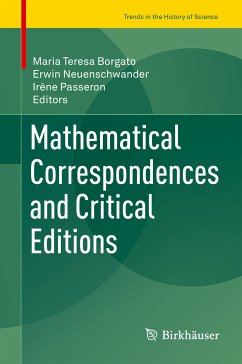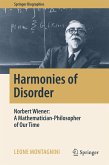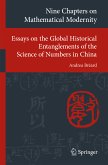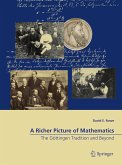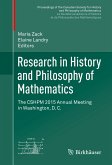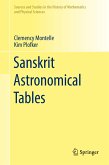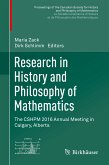Mathematical correspondence offers a rich heritage for the history of mathematics and science, as well as cultural history and other areas. It naturally covers a vast range of topics, and not only of a scientific nature; it includes letters between mathematicians, but also between mathematicians and politicians, publishers, and men or women of culture.
Wallis, Leibniz, the Bernoullis, D'Alembert, Condorcet, Lagrange, Gauss, Hermite, Betti, Cremona, Poincaré and van der Waerden are undoubtedly authors of great interest and their letters are valuable documents, but the correspondence of less well-known authors, too, can often make an equally important contribution to our understanding of developments in the history of science.
Mathematical correspondences also play an important role in the editions of collected works, contributing to the reconstruction of scientific biographies, as well as the genesis of scientific ideas, and in the correct dating and interpretation of scientific writings.
This volume is based on the symposium "Mathematical Correspondences and Critical Editions," held at the 6th International Conference of the ESHS in Lisbon, Portugal in 2014. In the context of the more than fifteen major and minor editions of mathematical correspondences and collected works presented in detail, the volume discusses issues such as
. History and prospects of past and ongoing edition projects,
. Critical aspects of past editions,
. The complementary role of printed and digital editions,
. Integral and partial editions of correspondence,
. Reproduction techniques for manuscripts, images and formulae, and the editorial challenges and opportunities presented by digital technology.
Wallis, Leibniz, the Bernoullis, D'Alembert, Condorcet, Lagrange, Gauss, Hermite, Betti, Cremona, Poincaré and van der Waerden are undoubtedly authors of great interest and their letters are valuable documents, but the correspondence of less well-known authors, too, can often make an equally important contribution to our understanding of developments in the history of science.
Mathematical correspondences also play an important role in the editions of collected works, contributing to the reconstruction of scientific biographies, as well as the genesis of scientific ideas, and in the correct dating and interpretation of scientific writings.
This volume is based on the symposium "Mathematical Correspondences and Critical Editions," held at the 6th International Conference of the ESHS in Lisbon, Portugal in 2014. In the context of the more than fifteen major and minor editions of mathematical correspondences and collected works presented in detail, the volume discusses issues such as
. History and prospects of past and ongoing edition projects,
. Critical aspects of past editions,
. The complementary role of printed and digital editions,
. Integral and partial editions of correspondence,
. Reproduction techniques for manuscripts, images and formulae, and the editorial challenges and opportunities presented by digital technology.
Dieser Download kann aus rechtlichen Gründen nur mit Rechnungsadresse in A, B, BG, CY, CZ, D, DK, EW, E, FIN, F, GR, HR, H, IRL, I, LT, L, LR, M, NL, PL, P, R, S, SLO, SK ausgeliefert werden.

